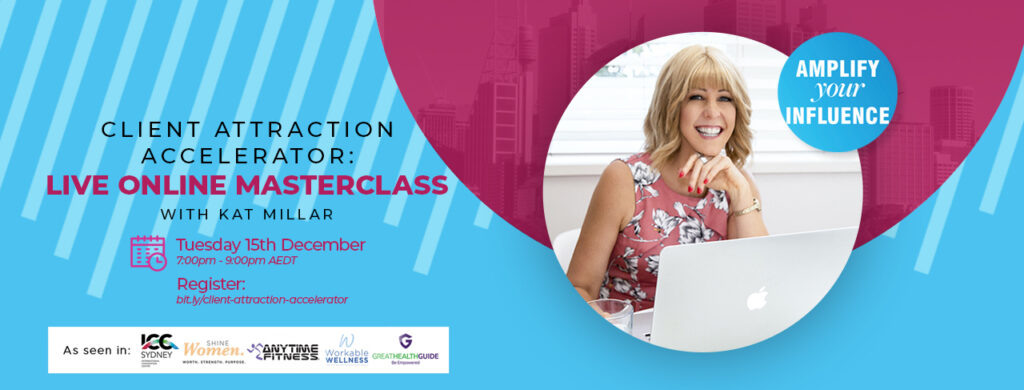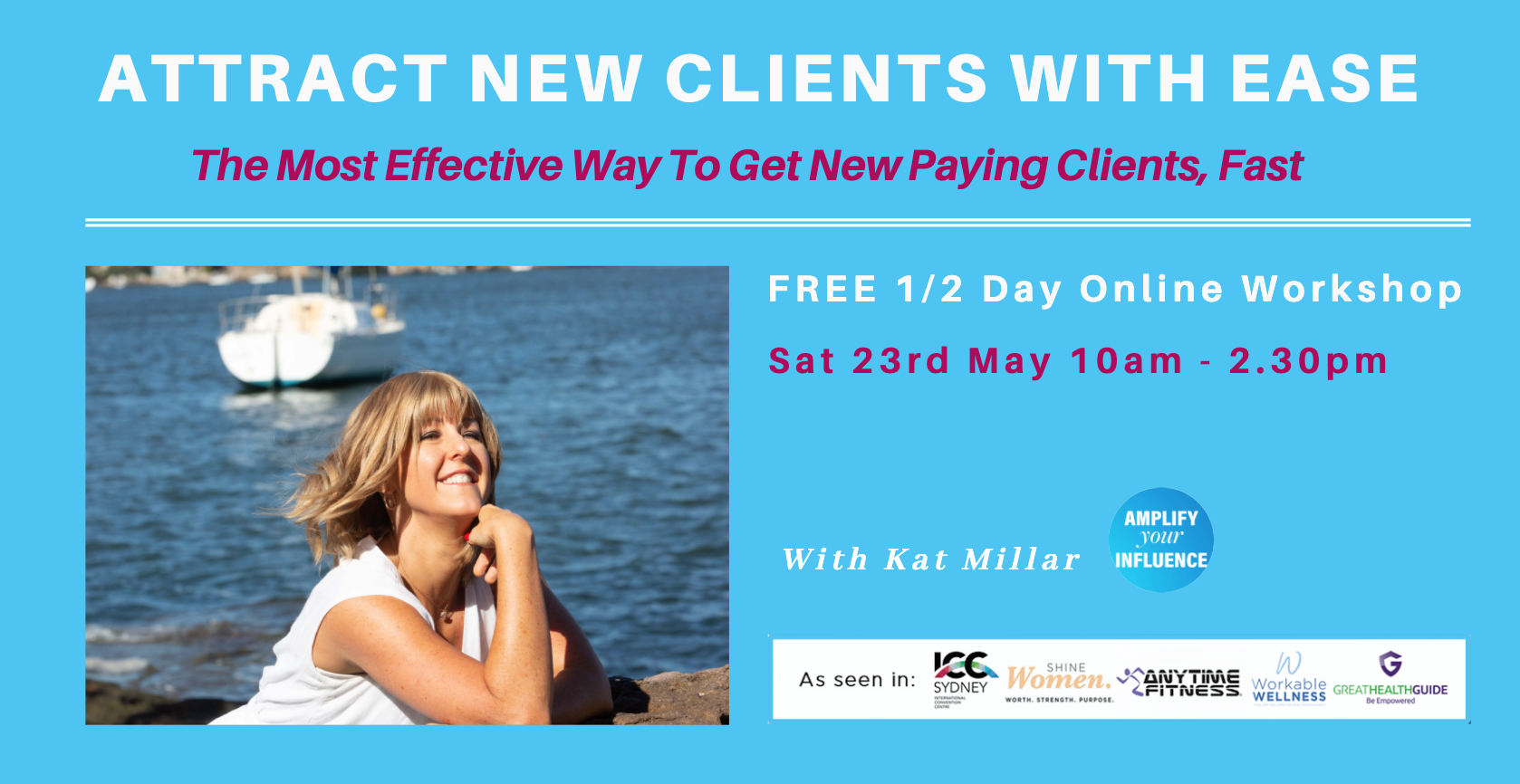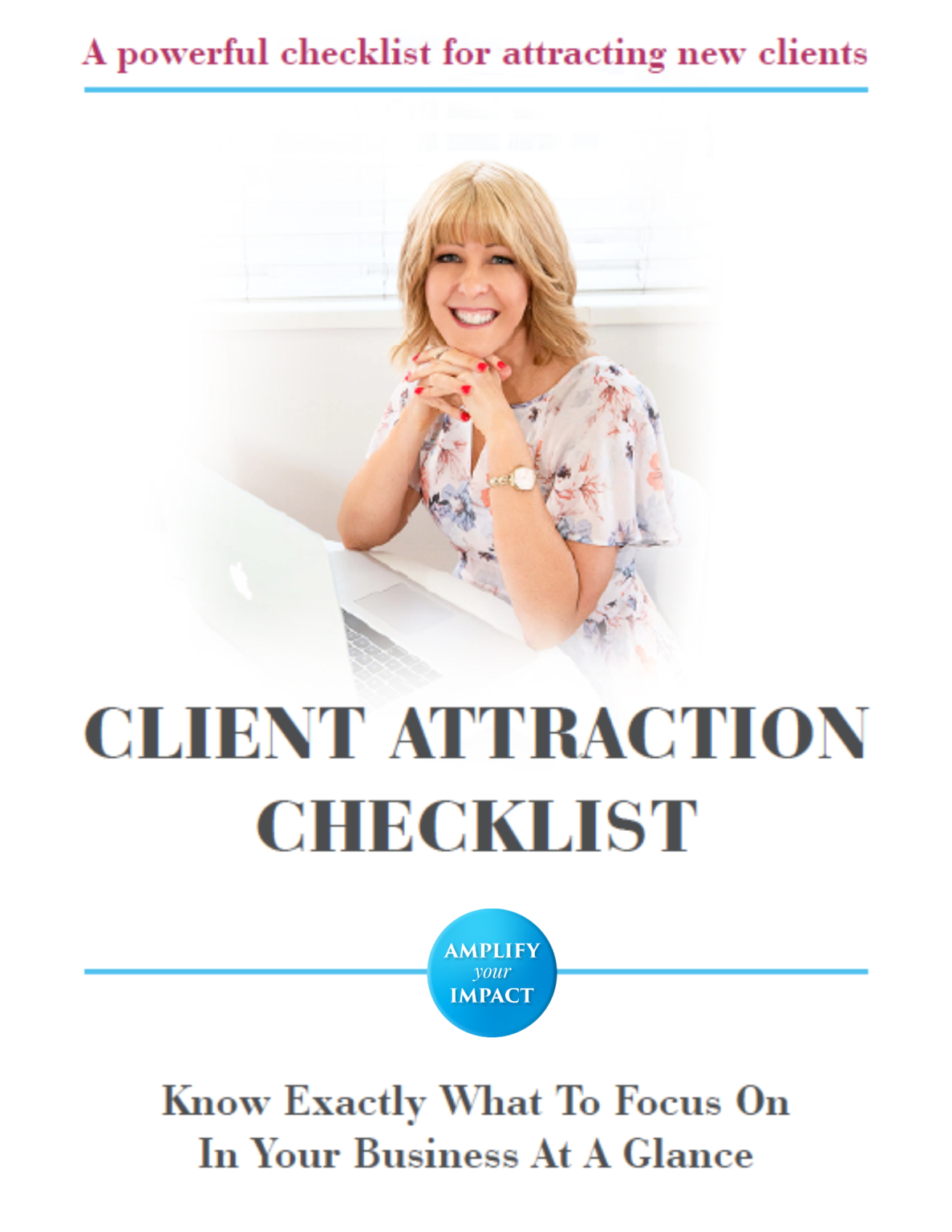Do you feel like there’s a handbrake on your business progress?
Do you wonder why your business isn’t growing no matter how hard you feel like you’re working?
Do you feel like you’re going, going, going going but you’re not achieving the success and the progress and the growth in your business that you know that you deserve?
In this video, I’m going to be sharing with you the biggest red flag in business progress and how to avoid it.
1. Identify Your Red Flags
This is what I believe is one of the most neglected and underrated things that’s responsible and driving your business forward. And it’s actually about you. It’s actually about your self-care and looking after you as the leader of your business.
This isn’t included in a lot of business programs, there’s not always a lot of strategy on self-care. But without self-care, if we don’t actually include it in our business strategy. And we don’t have it as a ticket item.

It just gets pushed off the list, it gets pushed down and pushed down. And it’s almost like becomes this fluffy thing that we don’t really want to talk about. Now I should sleep more, I know I should eat healthier, I know I should get to be more I know I should scroll my phone list.
If you’re stressed out and you’re not working properly, you’re not going to get the business growth sustainably. You’re not going to be able to show up with high energy with enthusiasm with passion with creativity and problem-solving all the things that we need in business, and your business isn’t going to be fun.
I’ve been talking to a lot of people lately who are feeling stressed, overwhelmed, with too much information coming in information overload, really feeling like they could burn out if nothing changes. They’re going to bed later and later, getting up earlier and earlier, having fewer breaks, doing less movement…
A lot of the habits that we put in place at the start of the year have slipped away. It’s easy at the start of the year to say “right, I’m gonna do this and this and this”… but it doesn’t always happen.
And by this stage, if we haven’t had a good holiday, like a really good risk for our brain, it’s about this time that we can really get into trouble.
And our business can start stagnating, plateauing, or actually get worse, we can lose clients, we can start making mistakes, we can stop showing up consistently or show up kind of poorly, you know, you’re there, but you’re kind of not there.
A lot of us are in front of screens all day, and sometimes into the night. And we can expect our body to keep producing great, feel-good chemicals and not have to be constantly pumping cortisol if we’re not building self-care into our business strategy.
It’s like if you don’t brush your teeth over time, brushing your teeth once or brushing your teeth once a week, it’s not going to do anything. It’s about that consistent building into your daily routine.
It’s the same with a car if you don’t look after your car. If you think about a formula one car – they’re pushing that car but they come into the pitstop regularly and they have a whole team looking after them taking the wheels off and putting petrol in etc.
It’s the same thing with business, you have to do it regularly. It’s a huge part of the business.
I was chatting with my friend Natasha about this today, if you’re not really taking care of yourself, you have to really question what is important to you.
And to face that question, if you’re putting other people’s needs before you, and you’re staying up late on your laptop, working, you’re not taking proper holidays, you’re not taking proper weekends, you’re not switching off, you are making other things more important than you.
And so it does come down to self-worth and self-value issue, which can have a bit of a deeper root cause which probably needs to be worked through with the coach. But you can have the best strategies in the world.
But unless you’re looking after yourself care, like we were talking about it in the group tonight, sadly, one of my clients said, I’m going to add self-care success as a task on my to-do lists every day, tick the box, and see it is something that is, is so important.
And what happened to me was because I tend to do doo doo doo doo, I’m a real action taker. And I feel like I can handle a lot. And because I’m so happy and very optimistic and grateful.

I don’t realise that I’m actually stressed, like, I don’t feel stressed, I don’t worry, I don’t have that kind of chatter about the negative, because I’m really, really worked on it.
However, when I got tested last year, my cortisol levels were really high, like, really after, after the chance. And so I had to go, Hey, my body is telling me something, even though I feel fine, it doesn’t mean I am fine.
And so I want to encourage you, just because you’re feeling fine, doesn’t mean that you shouldn’t be putting regular consistent things in your calendar to look after yourself.
And this is really hard to do if you’re a high achiever if you’re an action taker if you’re a go-getter and if you fill your life with a lot of things.
If I’m not alone, if you are the kind of person that likes to fill your life, you’re always talking about maybe I need to have more self-care. But the reality is you keep filling your life and you keep having a big long to-do list, it costs you.
It’s normal. Because our society talks about just going and going and hustling and grinding. And it’s almost cool sometimes to just be like “I’m just going to chuck down another coffee and keep going”
But this can wreak havoc with our bodies.
My functional medicine practitioner had a good talk to me and said Kat, you need to take this seriously. You need to switch off more often because you don’t realise the cost of it. And you’re just used to it.
If you’re anything like me, it just feels normal, this constant drive to do things to produce to create, and I get a buzz off the go, go, go.
And so for me I need to have a proper holiday where I literally get super bored. And don’t do any strategy or planning or reading a personal development book or business book, but it is really challenging.
I’ve worked with her with lifestyle and basically cut out a whole lot of things. And for six months, I didn’t eat gluten, dairy, sugar, grains – I cut out so many things and just basically ate meat, veggies, fruit and coconut for six months.
But my tests still after that came back still stressed. Stress overrides everything.
It’s funny kind of talking about this in a business context.

But if you don’t address it, everything’s going to be halted in your business. You won’t be able to think clearly your clients will feel it and your energy will actually repel clients. And that’s just the reality of it.
When you go in, or no one’s signing up with me, sometimes you’ve really got to look at yourself. Because if you’ve got this stress happening, even if you’re smiling and happy and all as well, people can feel that.
And we can’t perform well for ourselves, for our family, for our friends, for our loved ones for our community, if we’ve got that constant set of underlying stress.
If you’ve ever read Stephen Covey’s Seven Habits of Highly Effective People, he talks about the P-C balance.
He tells a story about a struggling farmer who finds this egg made of pure gold. The goose that produced it was producing a golden egg every day.
And he realises that these eggs should be enough for him to live a great life. And he decides he could becomes rich because of these eggs, but now that he’s rich, he’s like, well, maybe this goose is full of these golden eggs.
And so he thinks – I’m going to cut the goose open and get all the eggs out. He wants the eggs all at once, he doesn’t want that one a day. And so he’s convinced that there must be a goldmine inside the goose. And so he slices it up and gets to try and get to these golden eggs all at once.
But he finds out that there’s no golden eggs insidem that the goose needed to actually produce one a day. And so it’s killed the goose. And because of greed, he’s killed the thing that was going to keep producing money.
This equation, which is basically the more you produce, the more you do, the more effective you are. That is, a fallacy.
True effectiveness is actually due to what has produced the golden eggs like that’s the P for production and also PC – the production capability.
You can work till 1 am, you can get up early, you can get all this work done, you can pump it out. But at a certain point, after you increase your production, the production capability will fail, and you’ll actually get diminishing returns because you’re tired, your energy’s not there.
And everything starts to go down. And so similarly, like with a car, where you need that regular maintenance and service and, changing the oil, etc. you need to look after the goose, because the goose is the one that produces the eggs.
This is a great metaphor for taking care of ourselves.
So how do we avoid stress? How do we avoid stress halting our business growth?
Here are three things that you can do…
Examples of Red Flags:
There are really four types.
Physical red flags
Maybe your body shows up with a rash or and also, with insomnia. Maybe you get a racing heart, you might get migraines, headaches, stomach aches, tense muscles, physical symptoms your body will send out there.
Mental red flags
Like not being able to concentrate not being able to focus. mind chatter, that constant mind chatter, clumsiness, forgetfulness, being disorganised, having racing thoughts, negative thoughts. And then there’s the mental replay.
Emotional red flags
Things like fear, guilt, shame, worry, doubt, maybe being super sensitive, being easily irritated by noise or traffic, mood swings, irritability, feeling overwhelmed.
Behavioral red flags
Things like having a messy environment, avoiding people, avoiding responsibilities, anything we’re overdoing so overeating, over-drinking, over social media consumption, or over doing Netflix.
All of these things are red flags that our bodies actually under stress and we need to do something differently.
So that’s number one is we need to identify those red flags and think – okay, this is a sign that yes, even though I might not feel that stress, my body is actually under stress and eaters actually face that and acknowledge it.
2. Schedule Your Big Rocks.
Then what we need to do is, look at what are the big rocks. So you’ve probably heard the story of the jar, if you put big rocks, and then small rocks, thin sand, and water, you can fit the whole lot in.
But if you put the sand in first, and then you try and put the pebbles in, then the big rocks you can’t fit as much in. So if we don’t put the big rocks into our life first, which should be our self-care, then it just gets squeezed out.

And then our business is going to suffer. So we need to look at self-care as a strategy in our business that we took off. And it should be daily, weekly, monthly, quarterly, yearly. So maybe daily, what are the daily things you need to do?
What are those non-negotiable things that you know, if you do it, it’s like a domino, it’s gonna push overall make everything else easier? So maybe it’s generally what my sister Vicki, calls clearing the emotional pipes, where twice a day, she clears the emotional pipes.
And that’s where she can produce so much because every morning, she wakes up in journals doesn’t grab her phone. And every afternoon, she goes for a walk without referring just to clear the emotions, let them sit, or let them process.
Maybe it’s going to be an earlier having a bit of night routine, maybe it’s drinking more water every day, then the week clean might be catching up with friends every week, maybe twice a week, you put in something really social and fun. Maybe it’s getting a massage every week.
So what are those things you can do every single week as your non-negotiables just pop some in the chatbox, what are some of the things that you love putting into your life as a non-negotiable as a big rock?
And then think monthly. So monthly, I catch up with friends and do a vision day. Or I’ll do a full planning strategy day with one of my business colleagues or friends or my sister. And then quarterly, I always take less than three nights away.
Always getaway, go to a new place. So think about this, the non-negotiables that you can put in place that you know if you do this regularly like it should be scheduled into your phone, not just a nice idea.
And I know that there are things that you know, these are not new things for you, but how often are you actually doing them.
So you want to identify the red flags, you want to identify the big rocks, those non-negotiable rocks, and I’d love to know what they are for you.
3. Create A Reframe Statement
The third thing you can do is create a reframe statement.
It’s super simple. But you want to when you’re feeling stressed, you want to have been able to reframe really quickly, and you want to have, you need to talk to yourself, and tell yourself good things.
So when you’re under stress, you want to have some go-to statements that you can say to yourself.
It might be “I am capable.” or “No matter what happens, I’ll handle” or “All is well” Or “Everything is working out as it’s meant to.” or “Everything happens for a reason”…
You know, just simple things, especially if you wake up in the night.
If you’re suffering from stress, you’re probably waking in the night or you find it hard to go to sleep, you might find yourself fidgety, nervous, trouble relaxing, if you can have a statement that you speak over yourself to kind of calm yourself down. All as well.
repeat it, repeat it. A really simple template that I use that I really like to use is called a reframe statement.
And it basically says even though x y Z, I choose XYZ and so you’re acknowledging even though I have a migraine, I choose to relax. Even though I’ve got a lot to do today, I choose to be grateful to have the time flexibility, even though these horrible circumstances just happened to me. I choose love.
What are we telling ourselves that self-talk and reframing is one of the most powerful things I ever learned in-person development, the meaning we give something.
You know, a circumstance happens, we get to decide our reaction to it.
We can’t control things happening to us. People letting us down. Clients not signing up. Clients canceling. Technology not working.
Whatever it is, we can’t control.
Another great reframe statement is saying “even though … I choose…
Even though I have this headache, I choose to be grateful.
Even though that person treated me like that, I choose love.
Even though it’s not fair, I choose joy.
I choose gratitude, I choose to focus on the benefits, I choose to focus on the amazing future I have whatever it is.
So to recap 3 simple ways to reduce your stress:
1. Identify your red flags and face them
2. Schedule your big rocks – put them in your diary, daily, weekly, monthly.
3. Create a reframe statement. If you’re feeling overwhelmed and stressed out in your business, it’s a big sign that you need support.
I love helping people put strategies in place where I’d show you what to do in your business, so that you’re not stressed and overwhelmed trying to figure it all out, that’s where you burn yourself out.
If you want to speed up that process of where you are to where you want to be, so that you don’t just try and do more, more, more more and more and more, and spend 12 hours a day on your laptop, but actually not really get a great outcome, not really make the money that you want…
…save yourself all that stress and effort and frustration working it out on your own. And book for a free 45-minute strategy session with me.
I want to help you move through this because it’s a horrible place to be when you’re stuck in stress.
I’d love to chat with you and just help you through because business is too hard to do alone.
 The first thing you need to do is craft your irresistible signature offer.
The first thing you need to do is craft your irresistible signature offer. The second thing you have to master to hit your first 100K is to create a sales mechanism to go along with your irresistible offer. Once you’ve created your offer, you have to figure out how you’re actually going to sell that offer and the sales process to get people to buy it.
The second thing you have to master to hit your first 100K is to create a sales mechanism to go along with your irresistible offer. Once you’ve created your offer, you have to figure out how you’re actually going to sell that offer and the sales process to get people to buy it. The third thing you need to master to hit your first 100K is to create compelling content. Your content needs to be compelling, so it draws people in, attracts their attention and engages them.
The third thing you need to master to hit your first 100K is to create compelling content. Your content needs to be compelling, so it draws people in, attracts their attention and engages them.

